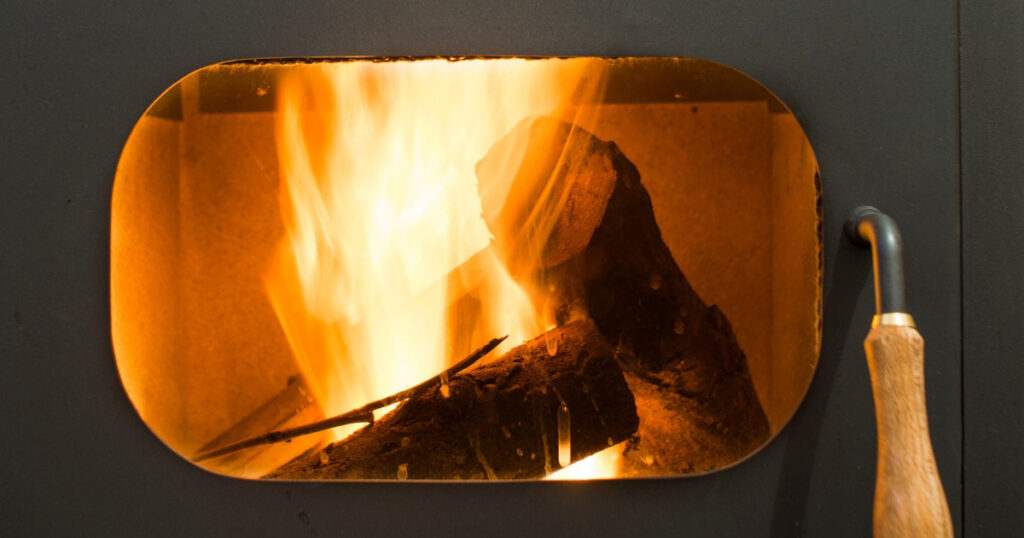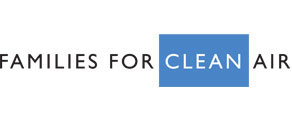Certified Wood Stove Performance in the Real World Continues to Disappoint

For decades, the wood stove industry has tried to convince consumers and regulators that changing out older wood stoves for new certified wood stoves will reduce hazardous wood smoke pollution.
Unfortunately, much like the tobacco industry’s claims about low-tar cigarettes, things haven’t played out as promised in the real world. The latest evidence comes from New Zealand.
There, multiple towns in the region of Otago went so far as requiring that all wood stoves with a certified emission rate greater than 1.5 g/kg had to be removed by January 2012. Since then, all new installed wood stoves have been required to be “ultra low emission wood burners” with a certified emission rate of less than 0.7 g/kg.
Despite this effort, these towns continue to have serious air quality problems due to wood burning.
It’s just one more example in a long history of disappointing wood smoke reduction efforts that have focused on certified wood stove changeout programs and “better” burning practices.
The problem is that even when used in ideal, carefully controlled laboratory conditions with perfectly sized and perfectly dried pieces of wood, modern certified wood stoves are far more polluting than most people think they are.
For example, the European Environmental Bureau and Green Transition Denmark found that, per unit of energy produced, a perfectly used modern European “Eco-certified” wood stove burning dry wood emits as much fine particle (PM2.5) pollution as 750 modern diesel trucks.
Here in the U.S., a scathing 2021 report by the Northeast States for Coordinated Air Use Management (NESCAUM) detailed problems with the EPA’s wood stove certification program, which they described as “dysfunctional.” They found there’s no guarantee that new certified wood stoves are any cleaner than the ones they replace.
In 2023, the EPA’s Office of Inspector General issued the findings of their own investigation. They concluded that the EPA’s “ineffective residential wood heater program” doesn’t protect the public from harmful wood stove emissions.
In the real world, wood stoves aren’t used in the laboratory controlled manner in which they’re tested—so their emissions are even higher.
In Libby, Montana, the wood stove industry teamed up with the U.S. EPA and the state to organize a large wood stove exchange that took place from 2005–2008. At a cost of over $2.5 million, the majority of older wood stoves in the Libby area were replaced with EPA-certified ones. Participants in the exchange were also given information on recommended burning practices with their new wood stoves.
The industry proclaimed Libby to be a great success. But was it?
After this highly publicized wood stove changeout program, wood stove emissions accounted for approximately 81% of Libby’s wintertime PM2.5 pollution—roughly the same percentage as before the exchange.
Meanwhile, over in Australia, the Office of the Commissioner for Sustainability and the Environment in the Australian Capital Territory (ACT) seems to have finally learned the lesson from all these failed wood stove changeout efforts.
In a report issued in 2023, they concluded that “even tightened standards are unlikely to reduce the smoke-related health impacts of wood heaters.” They found that the ACT’s “Burn Right Tonight” program, which has been running since 2011, may, rather than helping, be “paradoxically” encouraging people to believe that wood burning is less harmful than it actually is.
Their recommendation? To protect public health, wood stoves should be phased out.




